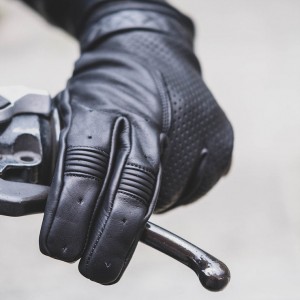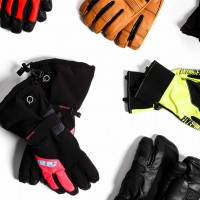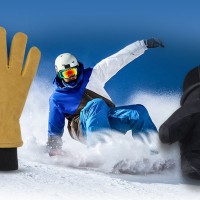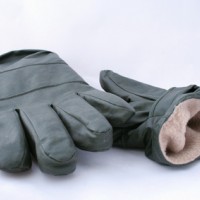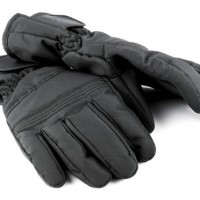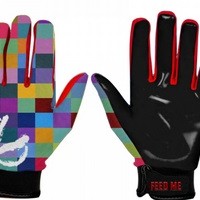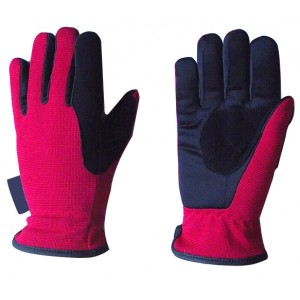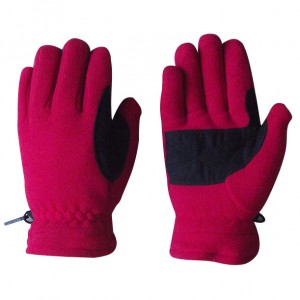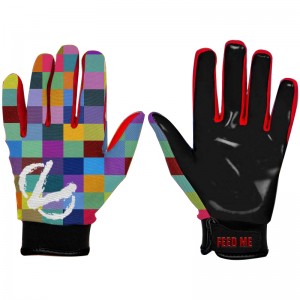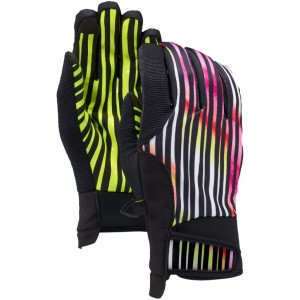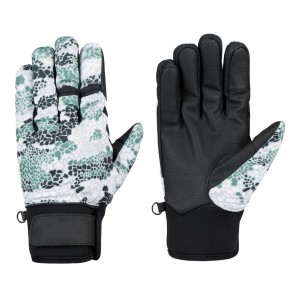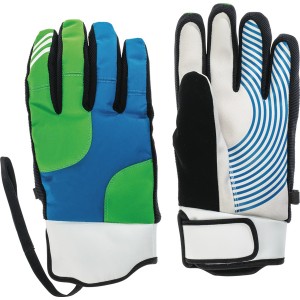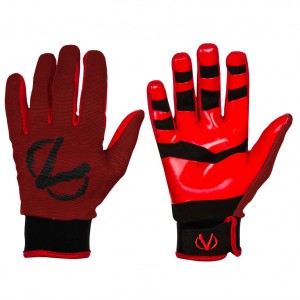
Snowboard Gloves Manufacturers
Mittens tend to be warmer
than gloves because your fingers generate more heat when they're not
separated from each other by fabric, as they are with gloves. Liner gloves offer excellent dexterity for handling gear without
exposing your skin to the cold.
Leather snowboading gloves can be
waterproofed, break in nicely, provide a good level of dexterity, even in a
thick, severe cold weather style glove and they last. Leather is
tough and durable and if treated properly with waterproofing wax, it
doesn't freeze and stiffen up and will last several years
The V.H.S snowboarding gloves:was the warmest non-mitt tested, making it a perfect option for cold weather snowboarding, and mountaineering. V.H.S Sports snowboarding gloves are completely windproof and offer the next stage of warmth for cooler conditions. And, oh yeah, the fleece stretch fabric is soft, comfy, and oh-so-warm.
If your fall and winter weather
is primarily rainy and windy, a pair of leather gloves is a great
option. ... For fierce cold and snow, you'll want a pair of leather gloves,
especially if you'll be chopping wood, tinkering with your car or shoveling
snow.
If you're still in doubt, just
get out there and try some on for size. Your snowboard gloves should fit
snug but not constricting, and should cover the end of your
fingertips without much extra room. A leather glove should fit your
hand like a leather jacket fits your body snug, but not super tight.
Snowboard Mittens properly-sized
will be warmer than properly-sized gloves with the same set of
materials used to make them (same outer material and liner used).
Poorly-fitted gloves are unpredictable. Mittens keep your
fingers together, generating and/or retaining more body heat.
Properly-fitted gloves provide better dexterity.
All things being equal
(fabrics, thickness, and insulation), snowboarding mittens are warmer than
snowboard gloves. Mitts trap body heat by keeping your fingers
together and reducing evaporative heat loss. In frigid temperatures, a
layered mitt system is the best choice for warmth.
It's important that your gloves or mittens fit
you properly. Properly sized gloves or mitts provide greater
dexterity, warmth and comfort. For the best performance, a proper fitting glove should
fit snugly and allow enough room at the end of outstretched fingers for you to
pinch about a quarter of an inch of fabric.
Warmth Preferences
Generally, you should always look for tighter gloves,
as they are bound to be warmer. Wearing the right fit also adds to the comfort
that these gloves provide. However, you will also appreciate some
halfway models that aren't fully tight nor loose.
Obviously, the first defense
for keeping fingers warm is to cover them by wearing either gloves or
mittens. Looks for those that have adjustable cuffs to keep out snow
and insulate the wrist – an area of high heat loss. The cuff should be high
enough to cover your wrist and allow you to adjust it for a snug fit.
Thinsulate™ Keeps You Warm & Dry
When you work outside in the snow, ice and rain, the
fingertips of your gloves often get wet, making your hands feel even
colder because the gloves never dry out. Thankfully, Thinsulate™
retains its warmth even when it gets wet or you sweat.

